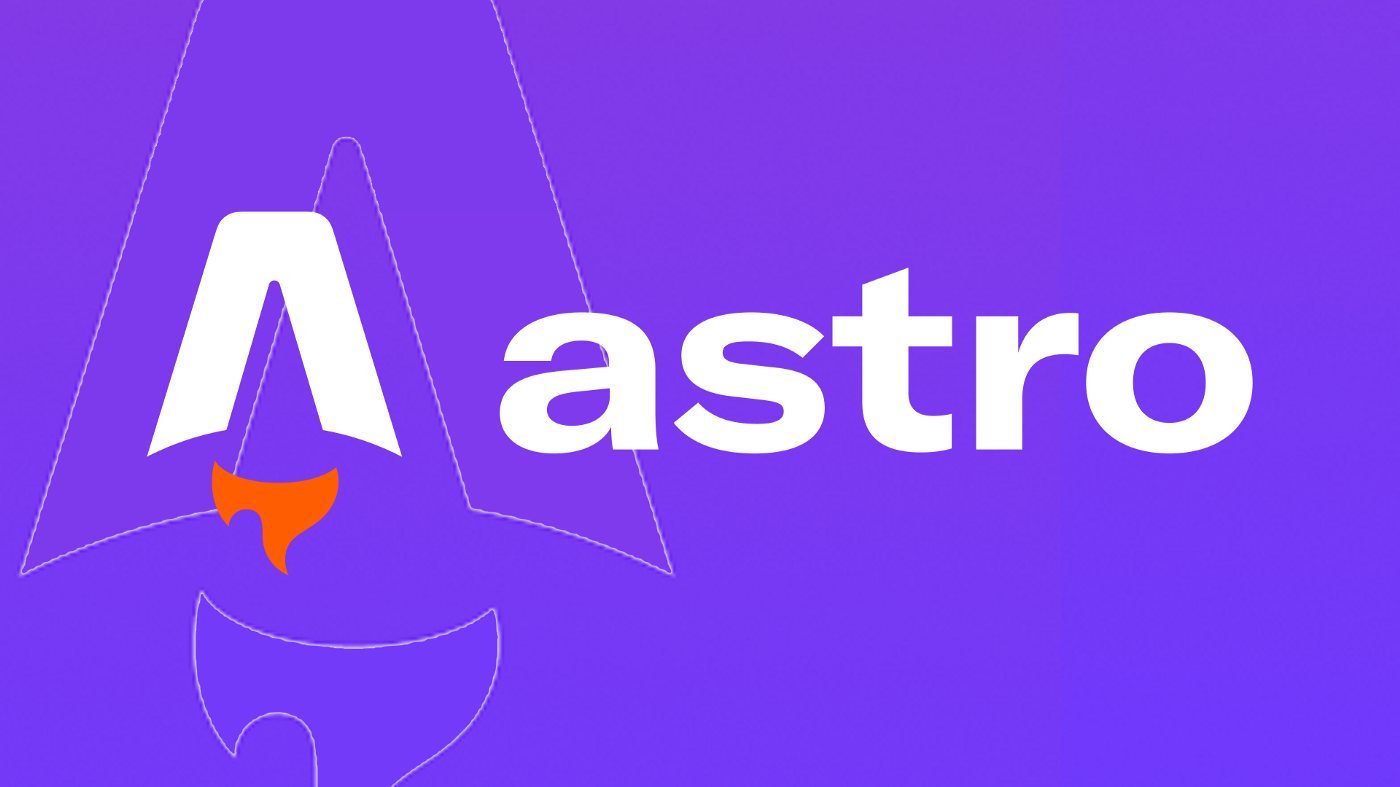WordPress is one of the most popular content management systems out there, and for good reason. It offers a plethora of customization options, which can be a double-edged sword. On one hand, you can create a website that is unique and perfectly tailored to your needs. On the other hand, it can be overwhelming to navigate the endless sea of plugins, themes, and page builders available. Does Elementor Lack Optimization Security and Performance?
One of the most popular page builders for WordPress is Elementor. It allows users to easily create custom pages without any coding knowledge. However, while Elementor can be a powerful tool, it’s important to consider whether it’s the right fit for your website. In many cases, it’s better to use a lighter weight custom theme instead of relying on a page builder like Elementor. Here’s why:
- Speed and Performance One of the biggest advantages of using a custom theme over Elementor is speed and performance. While Elementor can create stunning pages with ease, it can also slow down your website. Every extra plugin or page builder you add to your website requires additional resources to function, which can result in slower load times. This can lead to a poor user experience and even hurt your SEO.
- Customization and Flexibility Custom themes allow for greater customization and flexibility. With a custom theme, you can create a website that is unique to your brand and tailored to your specific needs. You can design your website exactly how you want it, without being limited by pre-built templates or the functionality of a page builder.
- Ease of Use While page builders like Elementor are marketed as being user-friendly and easy to use, they can still be overwhelming for beginners. Custom themes, on the other hand, can be designed with ease of use in mind. They can be tailored to your specific needs and skill level, allowing you to easily make changes and updates to your website without the need for a developer.
- Security Custom themes are often more secure than page builders. Because custom themes are built specifically for your website, there are fewer vulnerabilities and potential security issues. This can help keep your website safe from hackers and other online threats.
Does Elementor Lack Optimization Security and Performance? In conclusion, while Elementor can be a powerful tool for creating custom pages, it’s important to consider whether it’s the right fit for your website. In many cases, a lighter weight custom theme can offer better speed, customization, ease of use, and security. If you’re not sure which option is best for your website, it’s always a good idea to consult with a professional developer.








